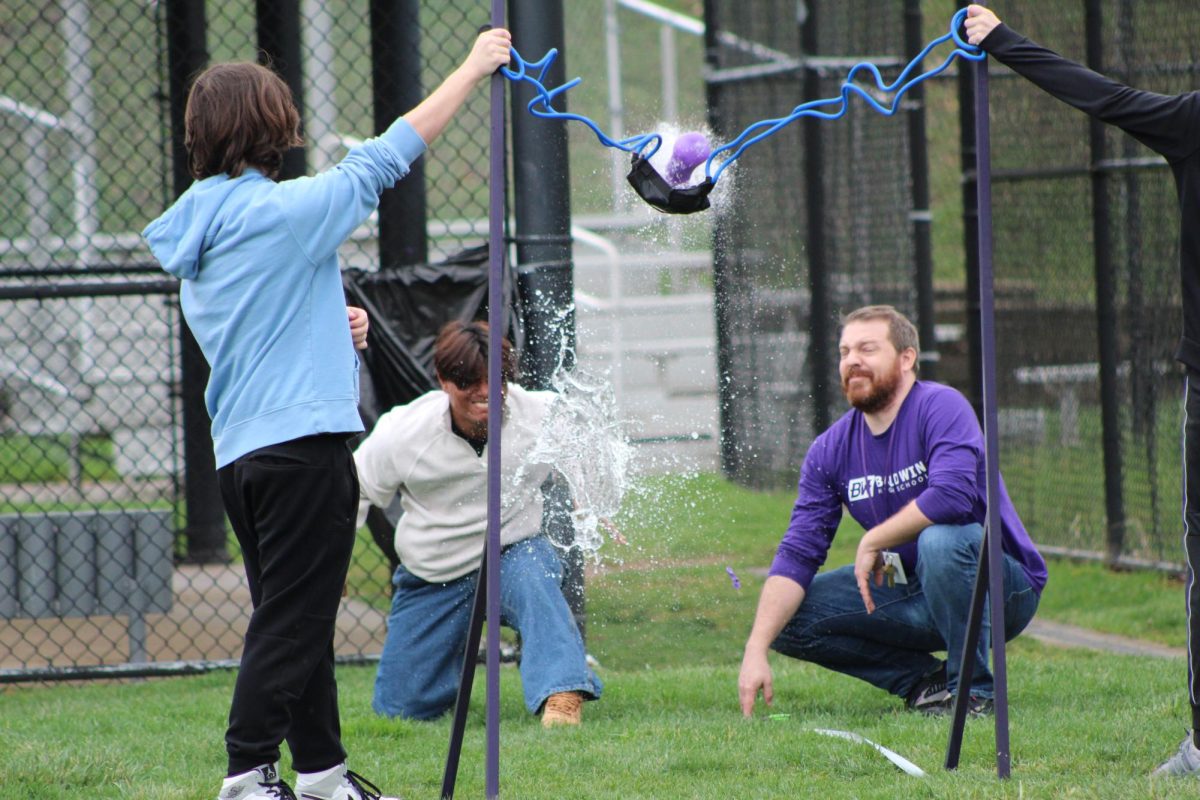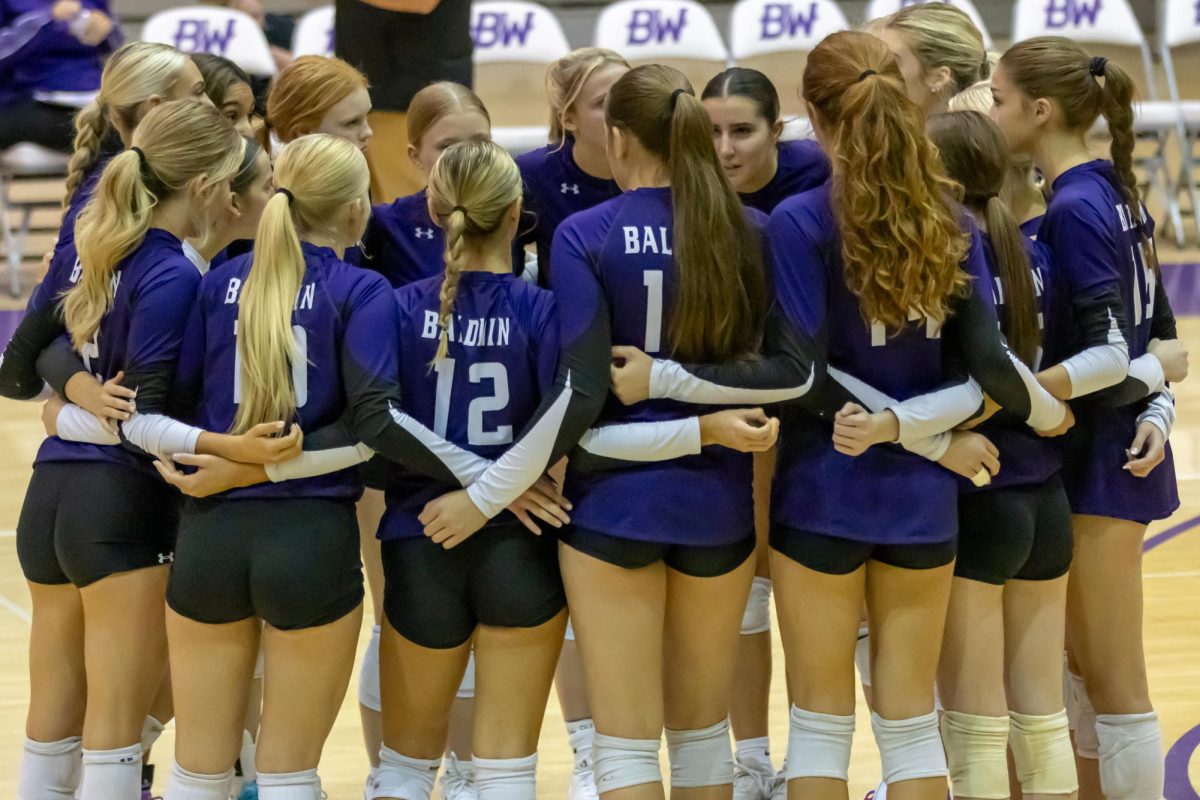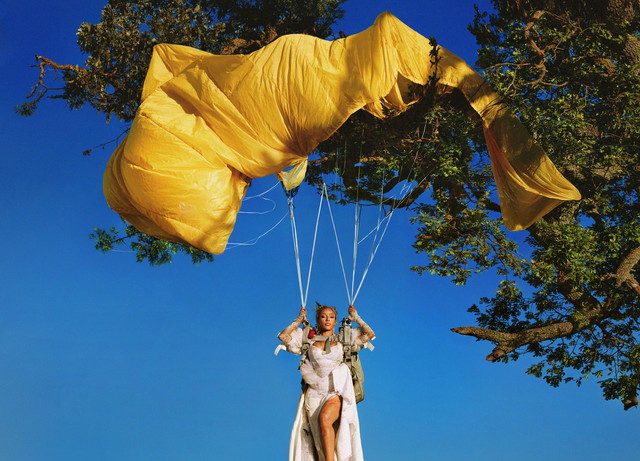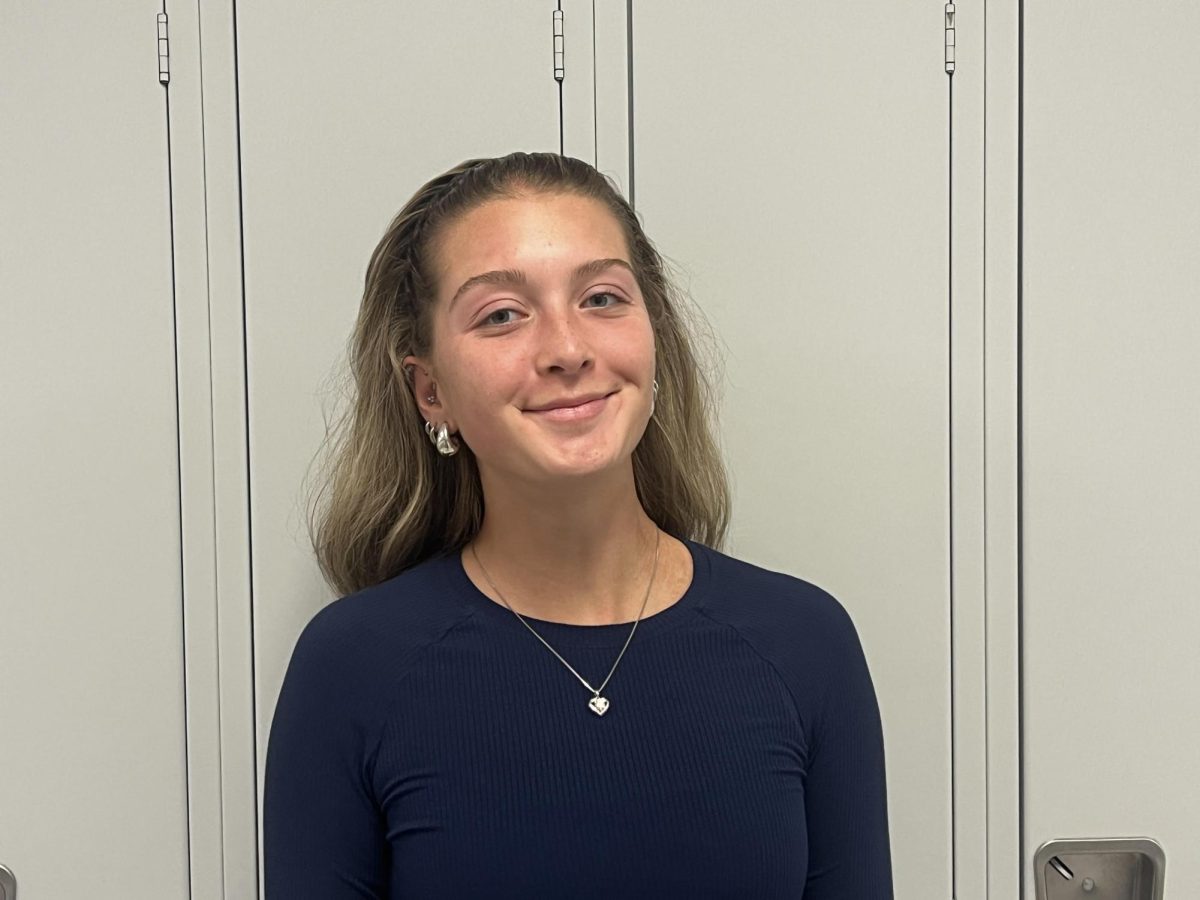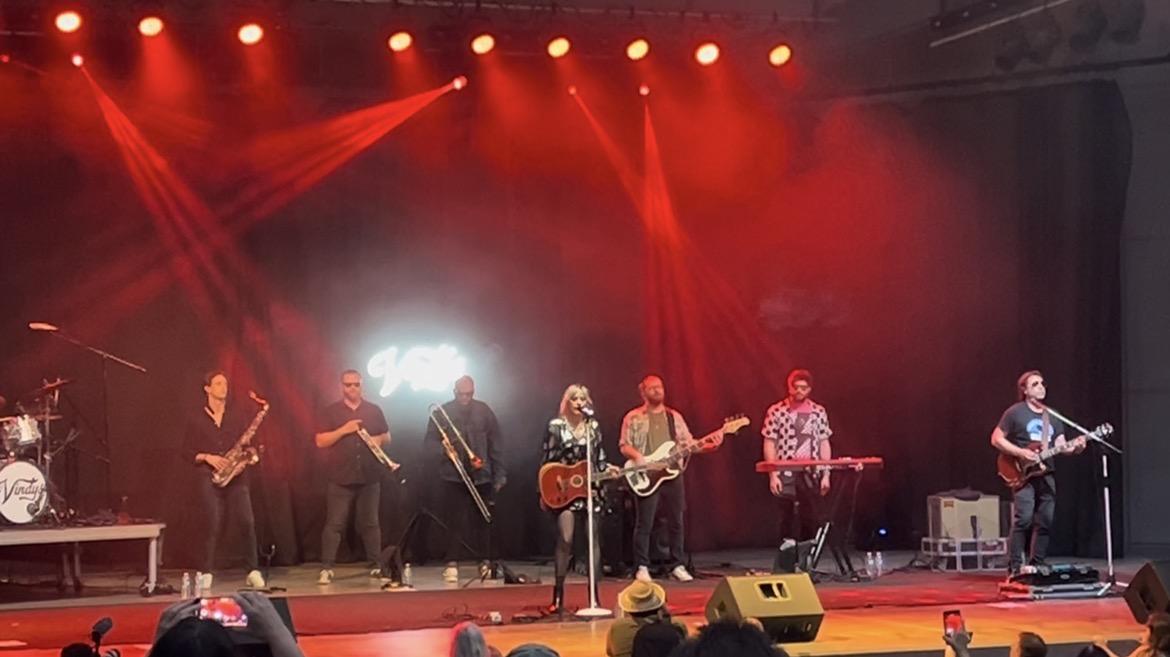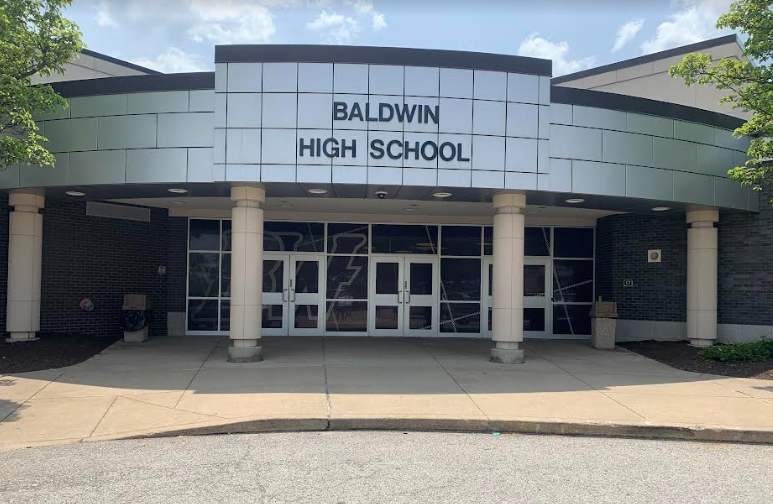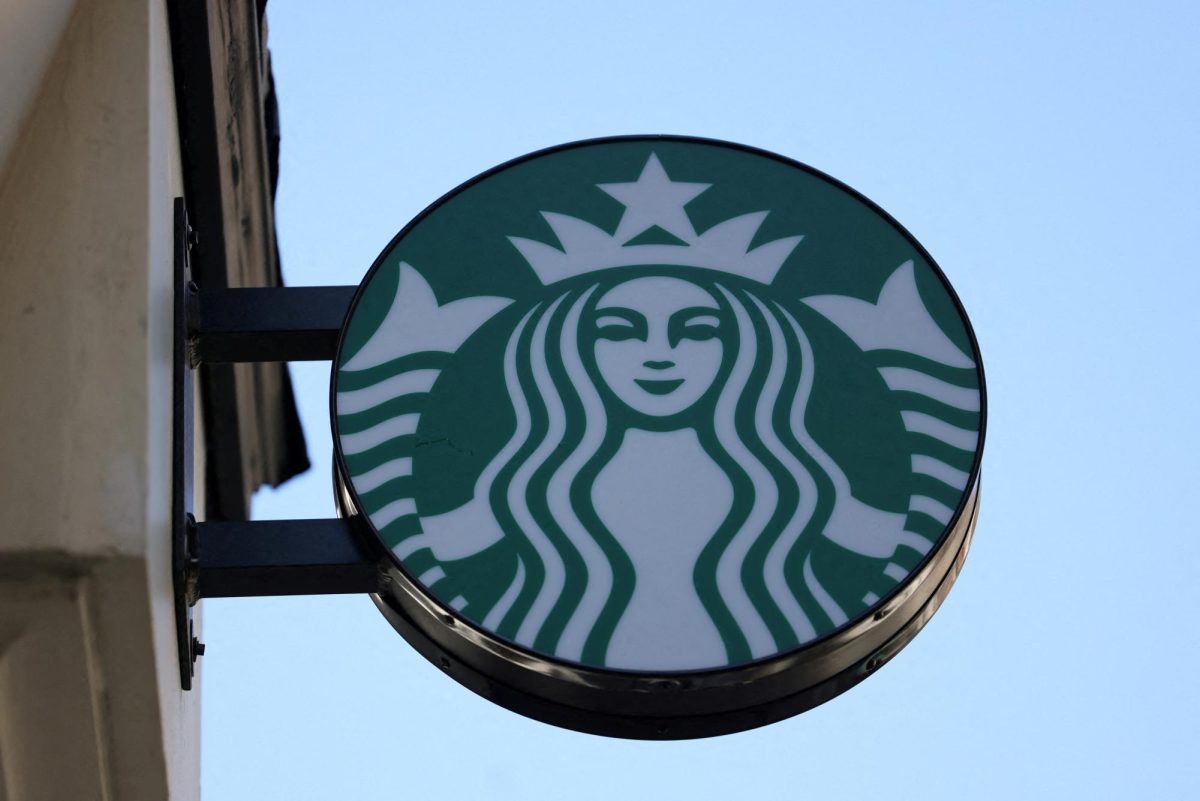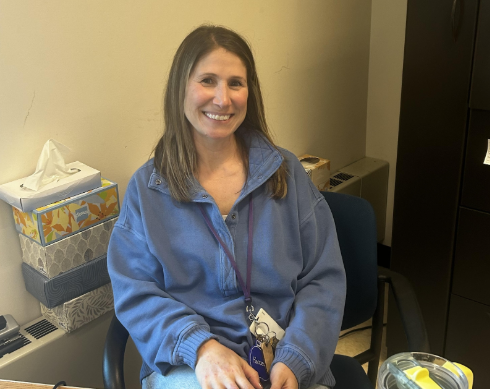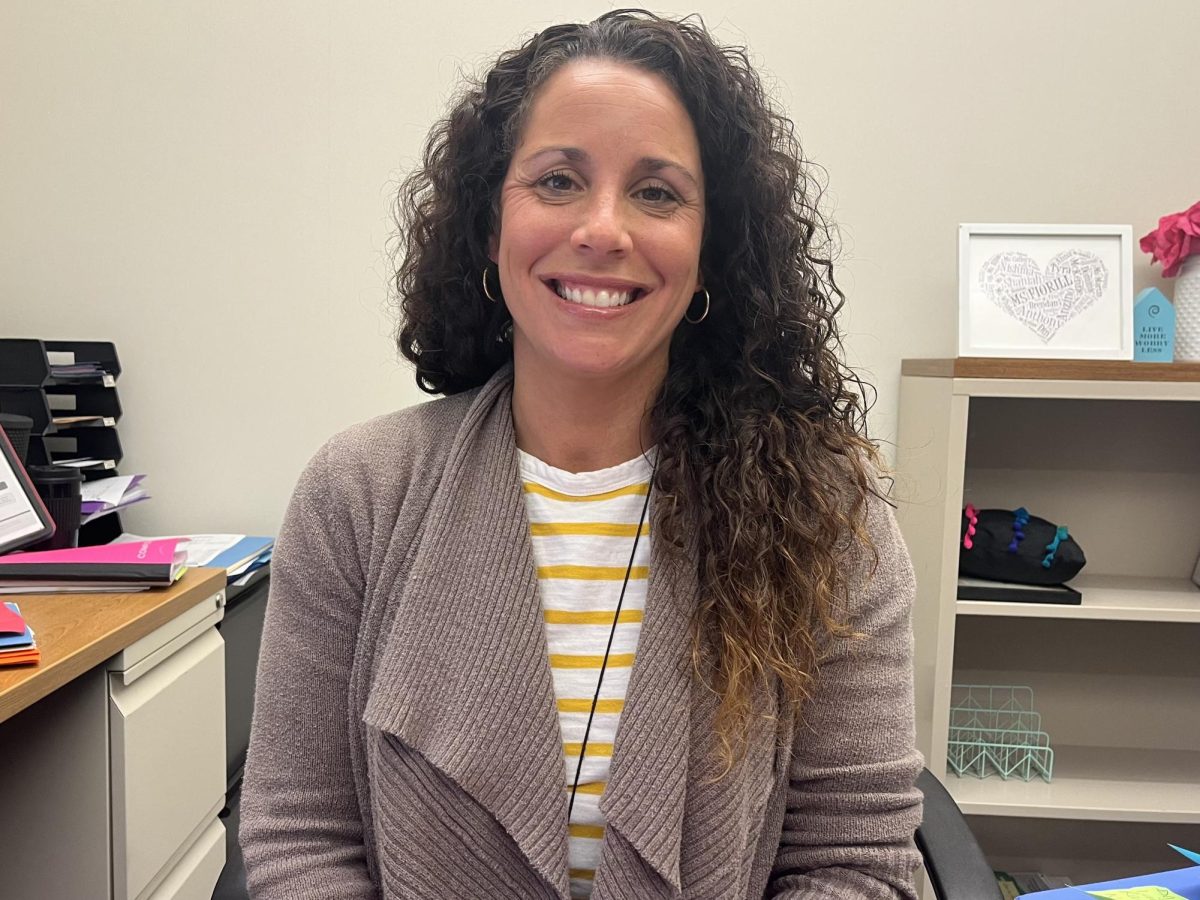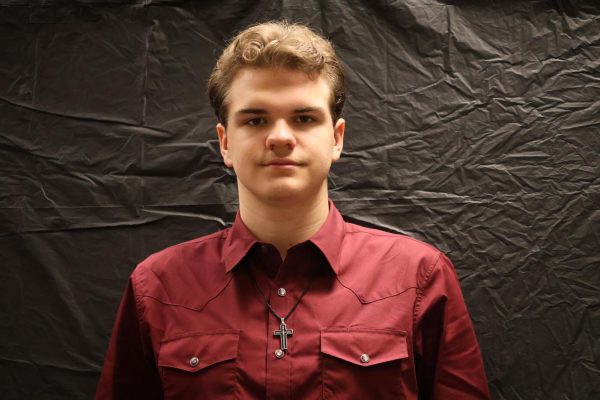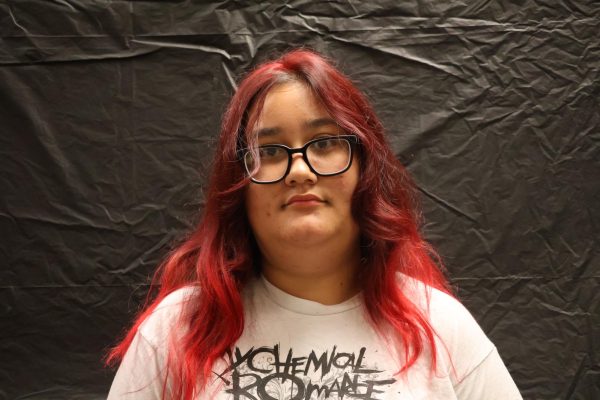Melons and water balloons might not seem to have much to do with math at first. But they did during geometry teacher Michael Kaufman’s recent slingshot project, in which students sent the objects flying in an effort to find the best launch angle.
Sophomore Icarus Robinson said they enjoyed using the slingshot and that seeing their friends in the splash zone was fun.
“My group had a ton of fun being able to pull the slingshot back and seeing the melon fly as far as we could pull back,” Robinson said. “It was also fun seeing the water balloon pop at bad times and seeing my friends getting wet from it.”
Sophomore Lori Thompson explained how the class prepared in the week leading up to the slingshot testing day.
“We were given the whole week to do the math, figure out what our plan was, and create our hypothesis,” Thompson said. “It took about two days to figure out what the good range was to pull back, so we had to think if we needed to use a different angle.”
The project involved using right triangles without a given angle. Students had to figure out the best launch angle while applying the restrictions of the slingshot, such as the height and how far the student could pull it back for the launch.
Kaufman said the task was left open-ended so students could find different ways to handle it.
“A bunch of students went right to ChatGPT, one went right to Google, and a couple of people asked about going to the science teachers to get some physics involved,” Kaufman said.
Each group came up with a different angle and a different plan for how far to pull back the slingshot.
Kaufman originally came up with the project when COVID hit, as he wanted to do something unique to keep students engaged as they switched between online and in-person schooling. It has been a staple of his class ever since.
He said the slingshot project has always been a lot of fun. They use a mix of melons, and if the project happens during the fall, they use pumpkins instead.
Co-teacher Riley Debski’s favorite part of the project was how the students designed the melons.
“We had students carve out their melons, and they could design them however they wanted,” Debski said. “Watching them be creative and have fun with it was really exciting, because you don’t see that in a lot of math classes, where they can just be creative.”
Robinson had said their hard work paid off when they went outside and tested the angle they had found.
“We worked on it all week, and it was really rewarding to see our equations work so well in the end,” Robinson said.

